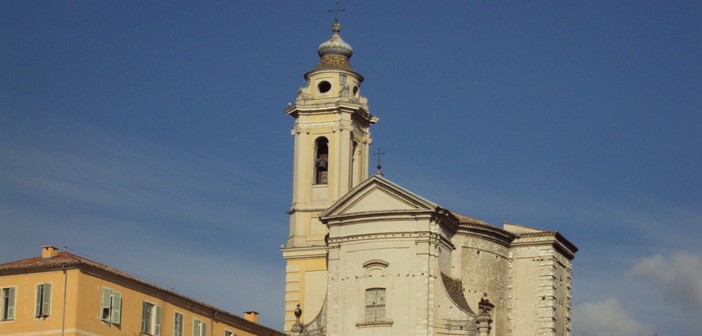Saint Pons, the son of a Roman senator, was martyred in the 3rd century, beheaded in the amphitheater of Cimiez for refusing to renounce his faith. The abbey was dedicated to him soon after its founding at the end of the 8th century. Bishop Syagrius, nephew of Charlemagne, erected a tomb for the relics of Saint Pons, who had been buried where the Pasteur hospital now stands.
The monastic community of the Black Fathers, living under the rule of Saint Benedict, took charge of the abbey. At the time, Saint Pons possessed several churches in Nice: Saint Bartholomew, Saint Reparata, the monastery of Cimiez, and several priories in eastern Provence (left bank of the Var).
A detail demonstrating its importance emerged in 1388. The area was essentially an olive grove, a source of income for the abbey. The year 1388 is noted for the partition of Provence into two factions, which would remain sources of conflict for nearly five centuries. The submission of the County of Nice to the House of Savoy was signed on the forecourt of the church of Saint Pons between the notable citizens of Nice and Count Amadeus VII of Savoy.
Three centuries later, in 1691, it was at the same location that Abbot Pierre Gioffredo negotiated and signed the surrender of Nice with Catinat, the leader of Louis XIV’s troops. After the 16th century, the abbey declined, with fewer and fewer monks.
The church was rebuilt in 1724. A papal bull at the end of the 18th century marked the end of its existence. The properties of Saint Pons were transferred to the royal domain on April 3, 1792. The County of Nice was under the sovereignty of the Kings of Piedmont-Sardinia, and the revolution had not yet crossed the Var.
After the French occupation — Convention, Directory, Consulate, and Empire — the County was liberated and returned to Savoy. During the Restoration, in 1835, the Bishop of Nice, Dominique Galvano, installed the Oblates of Mary there. They remained until 1903, driven out by the anti-clerical laws of the Third Republic, as Nice opted for France in 1860. Five years later, the city of Nice acquired the buildings to install the new hospital for contagious diseases, which would become Pasteur.
From the forecourt of this church, one can contemplate two millennia of the history of Nice: Cimiez and the Castle; the Roman city and the Greek city. These two hills are the roots for the people of Nice. Until the end of the 5th century, there were two episcopal seats in Nice: Cimiez and the Cathedral of Saint Mary of the Castle.
Thierry Jan


